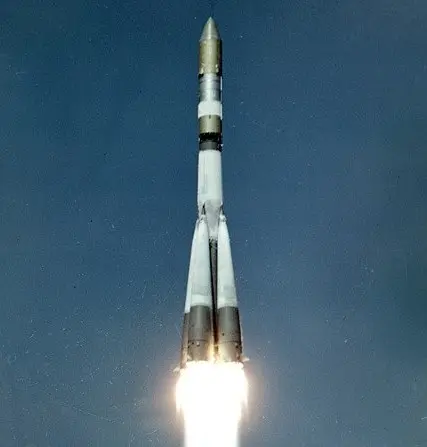Cosmos 205
Launch Success
Liftoff Time (GMT)
12:30:01
Tuesday March 5, 1968
Mission Details
Cosmos 205
Zenit was a series of military photoreconnaissance satellites launched by the Soviet Union between 1961 and 1994. The basic design of the Zenit satellites was similar to the Vostok manned spacecraft, sharing the return and service modules. It consisted of a spherical re-entry capsule 2.3 metres in diameter with a mass of around 2,400 kilograms. This capsule contained the camera system, its film, recovery beacons, parachutes and a destruct charge. In orbit, this was attached to a service module that contained batteries, electronic equipment, an orientation system and a liquid fuelled rocket engine that would slow the Zenit for re-entry, before the service module detached. The total length in orbit was around 5 metres. Unlike the American Corona spacecraft, the return capsule carried both the film and the cameras and kept them in a temperature controlled pressurised environment. This simplified the design and engineering of the camera system but added considerably to the mass of the satellite. An advantage was that cameras could be reused. Most Zenits flew in a slightly elliptical orbit with a perigee of around 200 kilometres (120 miles) and an apogee between 250 and 350 kilometres (160 and 220 miles); the missions usually lasted between 8 and 15 days.
Low Earth Orbit
1 Payload
4,720 kilograms
Launch Site
Stats
Voskhod
55th
Mission
3rd
Mission of 1968
OKB-1
302nd
Mission
9th
Mission of 1968
1968
17th
Orbital launch attempt

